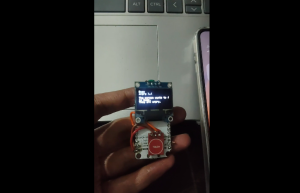The Radio Frequency Resonant Cavity Thruster, or more commonly known as NASA EmDrive, has long been a controversial type of electromagnetic propulsion system that is still being debated today.
Scientists, physicist and engineers are still trying to determine if the system actually works and if any of the already built prototypes do produce any amount of thrust without any external factors involved. As it stands, there are still two camps on the issue. One side is claiming that the system outright violates Newton's physics while the other side claims that it works and that it could be the next big step in interplanetary travel.
Test results conducted by different institutions have already come out just recently, with each one claiming different results. There is even a peer-reviewed article that was published just recently which claimed that NASA EmDrive does in fact generate a small amount of thrust. Despite this, the debate still continues as doubters have cited many other factors that could have affected the actual test results.
If proven to be true, the EmDrive would certainly revolutionize space travel as it will require no moving parts, no propellant and no visible exhaust. The system works by shooting off an electromagnetic radiation in a confined microwave cavity that theoretically would generate a small amount of thrust at its opening.
However, current understanding of Physics would dictate that this violates Newton's law of a force receiving an equal and opposite reaction. There are several theories on why this might work, ranging from space not actually being empty to the radiation bouncing off undetectable particles in the vacuum of space.
Now, scientist who believe in the system are determined to show a definitive proof of concept for the EmDrive by launching one into space. To finally settle the argument, the drive must be proven to work in the actual vacuum of space.
Reports have revealed that an Italian engineer named Guido Fetta is set to do just that by launching a similar drive called the Cannae Drive into orbit to attempt to prove that NASA EmDrive actually works.
© 2025 HNGN, All rights reserved. Do not reproduce without permission.








